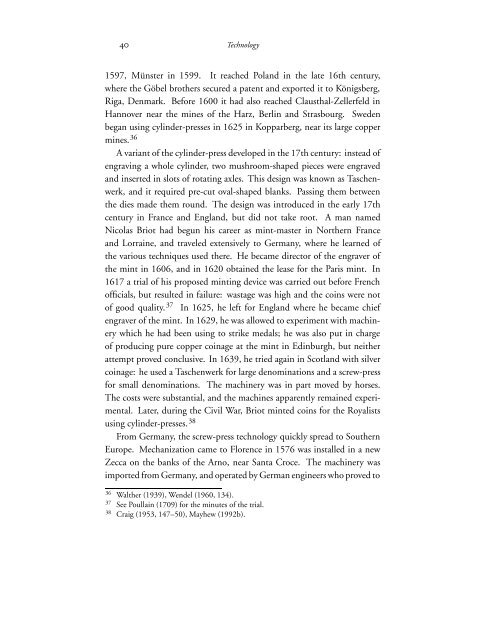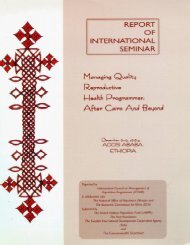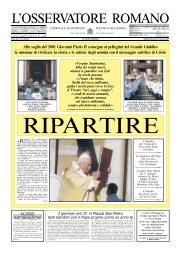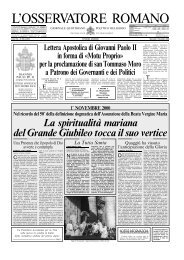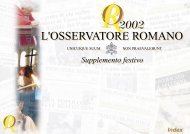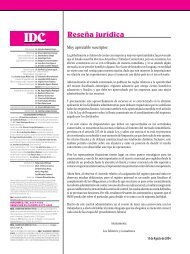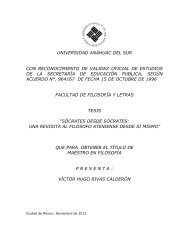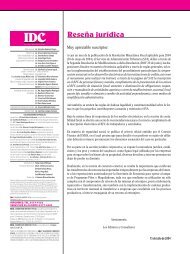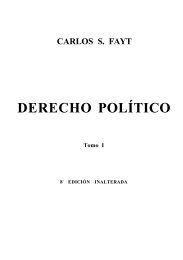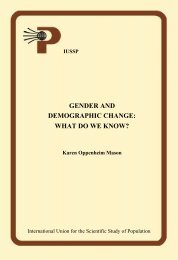The Evolution of Small Change: Beliefs, Experiments, and ...
The Evolution of Small Change: Beliefs, Experiments, and ...
The Evolution of Small Change: Beliefs, Experiments, and ...
You also want an ePaper? Increase the reach of your titles
YUMPU automatically turns print PDFs into web optimized ePapers that Google loves.
40 Technology<br />
1597, Münster in 1599. It reached Pol<strong>and</strong> in the late 16th century,<br />
where the Göbel brothers secured a patent <strong>and</strong> exported it to Königsberg,<br />
Riga, Denmark. Before 1600 it had also reached Clausthal-Zellerfeld in<br />
Hannover near the mines <strong>of</strong> the Harz, Berlin <strong>and</strong> Strasbourg. Sweden<br />
began using cylinder-presses in 1625 in Kopparberg, near its large copper<br />
mines. 36<br />
A variant <strong>of</strong> the cylinder-press developed in the 17th century: instead <strong>of</strong><br />
engraving a whole cylinder, two mushroom-shaped pieces were engraved<br />
<strong>and</strong> inserted in slots <strong>of</strong> rotating axles. This design was known as Taschenwerk,<br />
<strong>and</strong> it required pre-cut oval-shaped blanks. Passing them between<br />
the dies made them round. <strong>The</strong> design was introduced in the early 17th<br />
century in France <strong>and</strong> Engl<strong>and</strong>, but did not take root. A man named<br />
Nicolas Briot had begun his career as mint-master in Northern France<br />
<strong>and</strong> Lorraine, <strong>and</strong> traveled extensively to Germany, where he learned <strong>of</strong><br />
the various techniques used there. He became director <strong>of</strong> the engraver <strong>of</strong><br />
the mint in 1606, <strong>and</strong> in 1620 obtained the lease for the Paris mint. In<br />
1617 a trial <strong>of</strong> his proposed minting device was carried out before French<br />
<strong>of</strong>ficials, but resulted in failure: wastage was high <strong>and</strong> the coins were not<br />
<strong>of</strong> good quality. 37 In 1625, he left for Engl<strong>and</strong> where he became chief<br />
engraver <strong>of</strong> the mint. In 1629, he was allowed to experiment with machinery<br />
which he had been using to strike medals; he was also put in charge<br />
<strong>of</strong> producing pure copper coinage at the mint in Edinburgh, but neither<br />
attempt proved conclusive. In 1639, he tried again in Scotl<strong>and</strong> with silver<br />
coinage: he used a Taschenwerk for large denominations <strong>and</strong> a screw-press<br />
for small denominations. <strong>The</strong> machinery was in part moved by horses.<br />
<strong>The</strong> costs were substantial, <strong>and</strong> the machines apparently remained experimental.<br />
Later, during the Civil War, Briot minted coins for the Royalists<br />
using cylinder-presses. 38<br />
From Germany, the screw-press technology quickly spread to Southern<br />
Europe. Mechanization came to Florence in 1576 was installed in a new<br />
Zecca on the banks <strong>of</strong> the Arno, near Santa Croce. <strong>The</strong> machinery was<br />
imported from Germany, <strong>and</strong> operated by German engineers who proved to<br />
36 Walther (1939), Wendel (1960, 134).<br />
37 See Poullain (1709) for the minutes <strong>of</strong> the trial.<br />
38 Craig (1953, 147–50), Mayhew (1992b).


